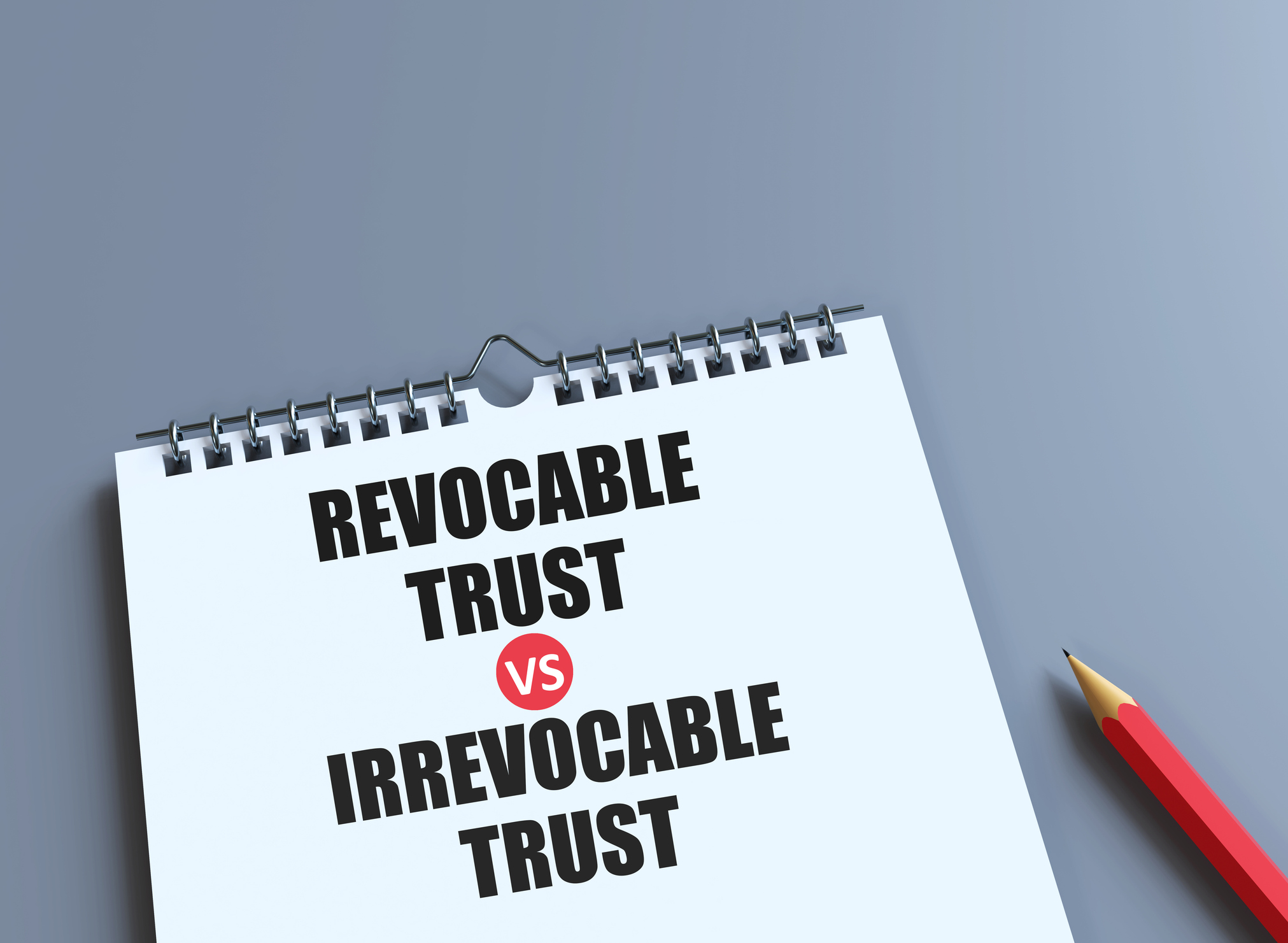Why Annuities Are Bad Investments
Financial advisers recommend annuities because they make a lot of money in commissions and fees. You should be very, very wary.


MetLife recently paid a record $25 million fine to settle FINRA allegations of misleading and misrepresenting investors with annuities. Unfortunately, this practice of overselling and misleading clients with promises of great returns for annuities is common throughout the industry.
As a fee-only, non-commission adviser, I've never liked annuities because I know their sole purpose is to generate commission for advisers. Here's the insider view on how the typical annuity pay structure works—a view few investors ever get to see.
Advisers take roughly 6% to 8% of the "notional," or conjectural, investment as a commission, as well as a portion of the annual annuity fees, paid to them as "commission trails."
From just $107.88 $24.99 for Kiplinger Personal Finance
Become a smarter, better informed investor. Subscribe from just $107.88 $24.99, plus get up to 4 Special Issues

Sign up for Kiplinger’s Free Newsletters
Profit and prosper with the best of expert advice on investing, taxes, retirement, personal finance and more - straight to your e-mail.
Profit and prosper with the best of expert advice - straight to your e-mail.
Annuities frequently create confusion since they are advertised as "tax deferred," as are 401(k) and IRA portfolio gains, but annuity payments are absolutely NOT tax deductible. In contrast, contributions to a 401(k) or IRA are tax deductible and lower your taxable income, unlike payments to annuities.
Annuities come with high annual fees, and investors would be much better off just replicating the annuity investment portfolio on their own or with an adviser they trust in a regular investment account.
For example, if you invested $100,000 in 1997 in a 70/30 blended investment comprised of 70% in the MSCI World Index and 30% in the Merrill US Treasury index, your nest egg in 2014 would have been $299,000. But if you applied a typical annuity annual fee structure of 3.95% over that period, your nest egg would be only $152,000, according to Annuity Insights, a guide written by legendary investor Ken Fisher.
Lately, clients have been asking me to take a look at a very popular annuity that advisers are pushing to them—one in the Jackson National Life Perspective II Variable Annuity suite, which has a guaranteed net minimum withdrawal benefit.
This popular annuity is a variable annuity that allows investors to choose retroactively between the return on a group of mutual funds and a fixed guaranteed return of usually 5% to 7%.
At age 65, the client can choose from the investment portfolio, which is the actual "accumulated cash value" or the guaranteed withdrawal benefit (GWB), where the account value reflects that guaranteed 5% to 7% rate.
Advisers are exploiting the fear of market risk to get people to cash out their 401(k) and reinvest that money into a variable annuity that offers a "guaranteed income option. Advisers can take a 6% to 8% commission upfront, much more than even an A-share mutual fund, and they also get paid a portion of the annual fees, which can be as high as 3.95%.
But here's the real catch: If the market turns sour, and you have the GWB option, you can't withdraw that full guaranteed withdrawal benefit entirely on the day you start receiving payments. The account value, which reflects a guaranteed 5% to 7% income over the life of the investment, is a "phantom" value. The lifetime withdrawals are guaranteed for life. But the average life expectancy in the U.S. for men is 78 years and 81 years for women. You can withdraw 4% to 5% a year of that "phantom value" for a lifetime. But in reality, the average payout is 13 years for men and 16 years for women.
An investor has to live until age 85 to receive all those payments. If you die early, the remaining payments are given to your heirs. But they receive only the remaining accumulated cash value, which reflects the real investments chosen (minus fees). It is thus much lower than the residual value of the remaining GWB annual payments.
The right way to calculate what "guaranteed" return the investor was provided in this annuity is to take the present value of those guaranteed payments out to the average life expectancy--78 years for men and 81 for women in the U.S. And then add in the lump-sum payment to your heirs upon death, which is dependent on market returns of the accumulated cash value.
This number comes out to much, much less than 5% to 7%. Let's consider a numerical example. If you bought an annuity for $100,000 at age 55, and chose the 6% guaranteed withdrawal benefit option in 10 years, your account portfolio value should be $179,085, assuming no fees. Right? Wrong. Here's why:
You can't withdraw that amount, You can only withdraw 5% of that amount over 20 years. Let's round up a bit and give the issuer the benefit of the doubt. Assume 20 annual payments of $9,000, and that you live to 85, another generous assumption. Discount those 20 payments at a 6% rate, and you get a value of $108,000, which is your real account value at age 65.
That adds up to less than a 1% guaranteed annualized return on your $100,000 investment, less than current online bank savings deposit rates, which are FDIC-insured. What's more, I didn't even account for the 6% to 8% commission you paid the adviser up front, nor the annual fees in annuities, which can be as high as 3.95%. The key point here is that your guaranteed account value at the day you start receiving guaranteed payments ceases to accumulate returns for 20 years.
When clients ask me for due diligence and second opinions on these products, here's what I tell them: Do NOT buy them. The income guarantee is a hoax. Max out your 401(k) contributions first, in which the IRS allows $18,000 per year.
Your 401(k) or IRA not only offers tax-deferred status on the returns in the portfolio, but your contributions to these accounts are pre-tax or lower your taxable income by the amount you contributed.
Annuity payments are NOT tax deductible. Beyond that, segregate money you set aside into investment accounts you will not touch until retirement, and remember that your portfolio in a 70/30 blended investment structure will accrue a much larger nest egg than one placed in similar investments within an annuity structure. Don't make advisers and insurance companies rich; make yourself rich.
Profit and prosper with the best of Kiplinger's advice on investing, taxes, retirement, personal finance and much more. Delivered daily. Enter your email in the box and click Sign Me Up.

James M. Sanford, CFA, the Founder and Portfolio Manager of Sag Harbor Advisors, has worked on Wall Street since 1991. Mr. Sanford spent 11 years as a Managing Director at Credit Suisse, marketing credit derivatives and convertible bonds. From 2005 to 2007, Mr. Sanford managed the Hedge Fund Credit Sales team at Credit Suisse within the overall Credit Sales group and was the top U.S. salesperson by revenue in 2007 and 2008. Mr Sanford has a wide-ranging product background, a rarity for RIAs and even most Equities Portfolio Managers.
Phone: 631-740-4498
E-mail: jim@sagharboradvisors.com
www.sagharboradvisors.com
-
 Control vs Protection Quiz: Which Trust Do You Need?
Control vs Protection Quiz: Which Trust Do You Need?Quiz Take this simple quiz to discover whether a revocable or irrevocable trust should be the cornerstone of your estate plan.
-
 Should You Use Buy Now, Pay Later Options to Finance Your Vacation?
Should You Use Buy Now, Pay Later Options to Finance Your Vacation?Many travel companies are letting users pay in installments. But is "buy now, pay later" a smart financial decision?
-
 Best Mutual Funds to Invest In for 2026
Best Mutual Funds to Invest In for 2026The best mutual funds will capitalize on new trends expected to emerge in the new year, all while offering low costs and solid management.
-
 I'm a Financial Pro: You Really Can Make New Year's Money Resolutions That Stick (and Just Smile as Quitter's Day Goes By)
I'm a Financial Pro: You Really Can Make New Year's Money Resolutions That Stick (and Just Smile as Quitter's Day Goes By)The secret to keeping your New Year's financial resolutions? Just make your savings and retirement contributions 100% automatic.
-
 Domestic vs Offshore Asset Protection Trusts: A Basic Guide From an Attorney
Domestic vs Offshore Asset Protection Trusts: A Basic Guide From an AttorneyLearn the difference between domestic asset protection trusts and foreign or offshore asset protection trusts to help you decide what might work best for you.
-
 Now That You've Built Your Estate Planning Playbook, It's Time to Put It to Work
Now That You've Built Your Estate Planning Playbook, It's Time to Put It to WorkYou need to share details with your family (including passwords and document locations) and stay focused on keeping your plan up to date.
-
 I'm a Wealth Adviser: These 10 Strategies Can Help Women Prepare for Their Impending Financial Power
I'm a Wealth Adviser: These 10 Strategies Can Help Women Prepare for Their Impending Financial PowerAs women gain wealth and influence, being proactive about financial planning is essential to address longevity and close gaps in confidence and caregiving.
-
 I'm a Financial Planning Pro: This Is How You Can Stop These 5 Risks From Wrecking Your Retirement
I'm a Financial Planning Pro: This Is How You Can Stop These 5 Risks From Wrecking Your RetirementYour retirement could be jeopardized if you ignore the risks you'll face later in life. From inflation to market volatility, here's what to prepare for.
-
 Are You Hesitating to Spend Money You've Spent Years Saving? Here's How to Get Over It, From a Financial Adviser
Are You Hesitating to Spend Money You've Spent Years Saving? Here's How to Get Over It, From a Financial AdviserEven when your financial plan says you're ready for a big move, it's normal to hesitate — but haven't you earned the right to trust your plan (and yourself)?
-
 Time to Close the Books on 2025: Don't Start the New Year Without First Making These Money Moves
Time to Close the Books on 2025: Don't Start the New Year Without First Making These Money MovesAs 2025 draws to a close, take time to review your finances, maximize tax efficiency and align your goals for 2026 with the changing financial landscape.
-
 Is Fear Blocking Your Desire to Retire Abroad? What to Know to Turn Fear Into Freedom
Is Fear Blocking Your Desire to Retire Abroad? What to Know to Turn Fear Into FreedomCareful planning encompassing location, income, health care and visa paperwork can make it all manageable. A financial planner lays it all out.